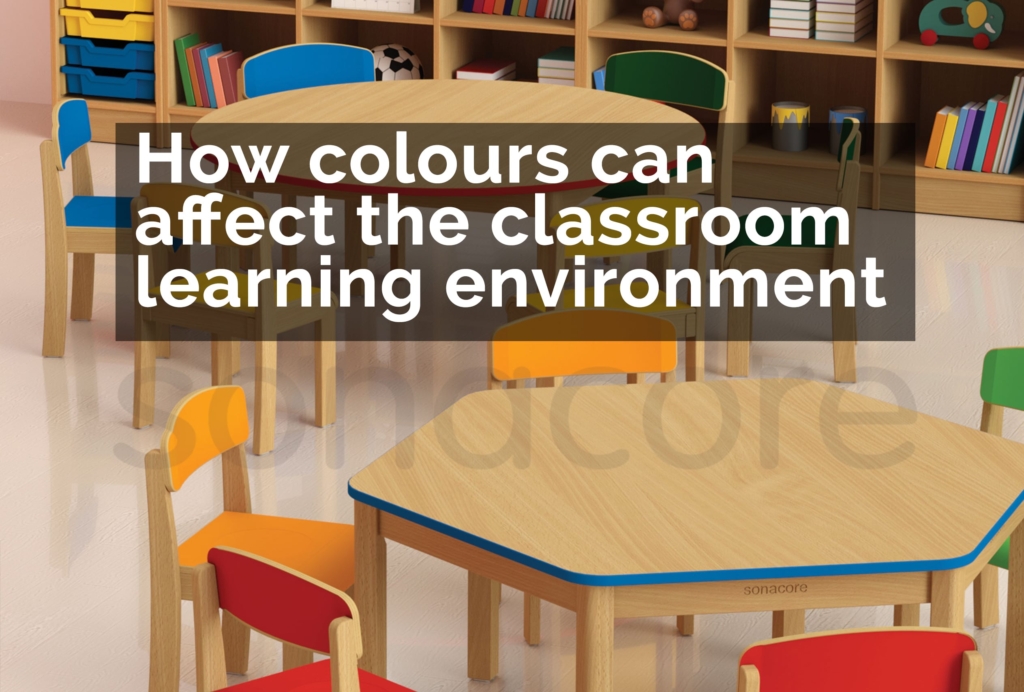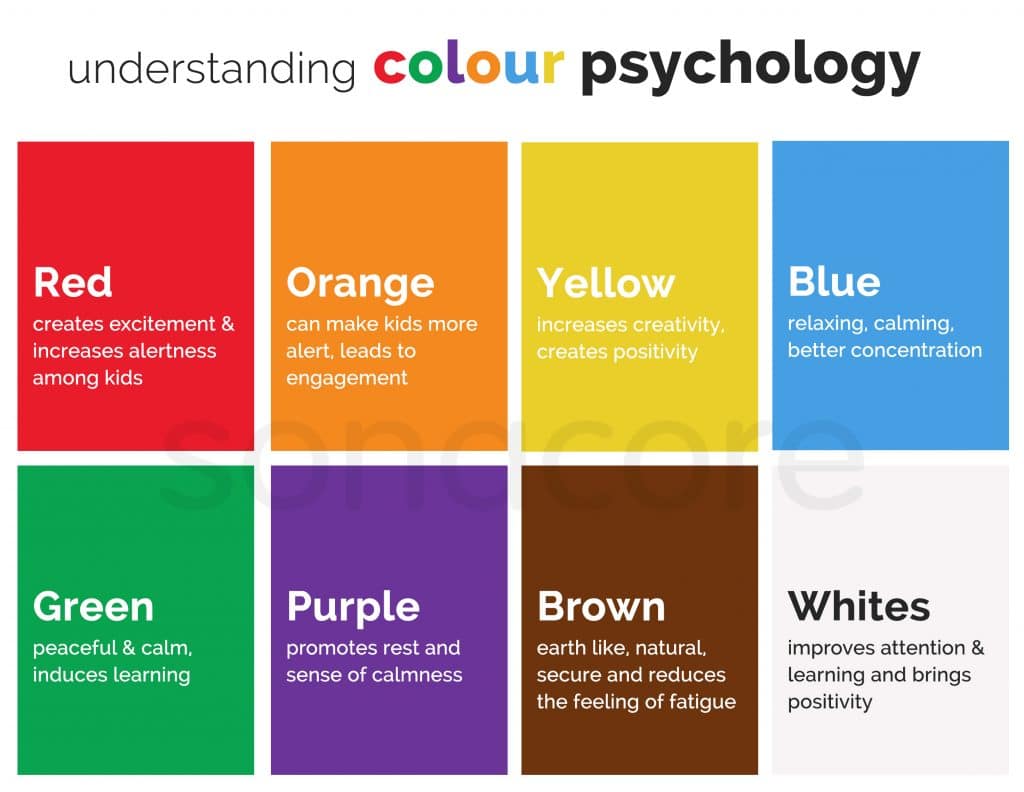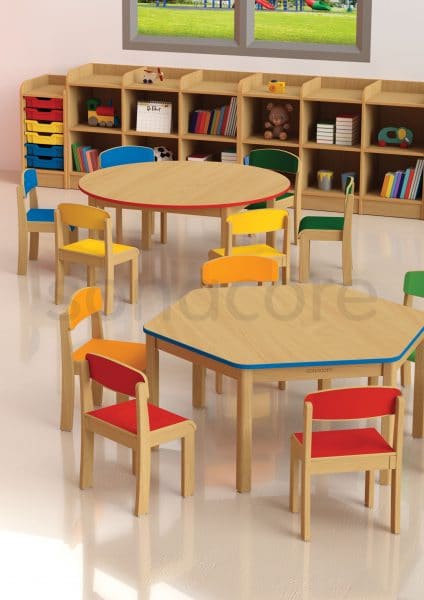
We might not always realise, but colours can affect the classroom learning environment in a lot of ways. Colours are conducive to early learning. We’ve probably felt the effect of bright colours in uplifting our mood. Similarly, certain colours can effect in a completely opposite way. Learn about the power of colours in classroom environments.
We start associating with colours by developing memory from a very young age. By understanding the colour spectrum we are able to recognise its meaning and effects, becoming a vital part of our learning as youngsters.
Educators would give a variety of responses when asked about what influences learning in a classroom. The teaching methods, type of curriculum, the learning environment and so on. Very few talk about colour influencing the mood and engagement in the classroom. Colours play a huge role in emotion, productivity, communication as well as learning.
According to researches, different colours have strikingly different effects. Certain colours are said to have a better effect to learning than others. Blue for instance, relaxes and soothes while red brings out excitement in children. Hence, it is equally important to consider your colour choices while creating classroom learning environments.
Warmer shades like yellow, orange and red are more fun and motivating colours that help boost energy and creativity. Cooler shades like blue aid attentiveness. While pastel shades are good for better concentration and can stimulate clear thought which is perfect for confident decision making.
Natural hues like green have a strong association with harmony & bring a fresh feel to a classroom. Hues of brown, mainly the texture of wood in classroom furniture, regulate levels of stress as they are durable and earth like.

Effects of colour choices in classroom learning environment
When we walk into a classroom, we might find some classrooms as typically bright and colourful while other being colourless and dull. In an attempt to make the classroom more stimulative, teachers tend to go overboard with the use of colours. Some keep their classrooms minimal and plain with whites and beiges and use very less colour. This can have a reverse impact on children and make them feel anxious, over excited, bored or exhausted.
As accents, colours of the opposite temperature should also be introduced. Accordingly, the colours should be in a harmonious compositions of two opposite temperatures. It is essential to reduce visual noise, visual distractions or chaos as much as possible in the learning environment which detract children’s learning and performance.
To know more about the effect of colours in a classroom learning environment, it’s important to understand the intensity of the use of a colour. Particularly for easy identification of different classrooms by pairing softer colours with brighter ones. Right amount of colour in a classroom environment helps in maximising information retention and stimulate participation.
Choice of colours can lead to an unhappy or boring atmosphere as well as a joyful, exciting and stimulating one. The use of colour also tells a lot about a room’s purpose whether it is for quiet study, collaboration or relaxation.
Furniture can play a major role in helping teachers identify the right shade and amount of colour to add for increased productivity.
Colourful furniture to stimulate learning environment
Selecting the right colours can be a tedious job for teachers for the changing need of the classrooms. Colourful furniture can be a really good option for adaptive classrooms and promoting learning environments.
Research has revealed a well-designed classroom can boost learning progress by 16% in reading, writing & maths. Light coloured furniture is less likely to be used as it catches dirt and is difficult to maintain.
One can be creative with the type of furniture they choose in a learning space. Wooden furniture with subtle amount of colours in a balanced way can be a right alternative to light furniture.
With a little bit of thought and planning, and access the right furniture company, finding furniture that meets the colour needs of any space can be done with ease!
Follow us on Facebook, Instagram & LinkedIn or Contact us to plan your classroom space.
References :
http://renketkisi.com/en/the-importance-of-colors-in-education.html
https://b4ed.com/Article/influencing-learning-with-the-psychology-of-colour

